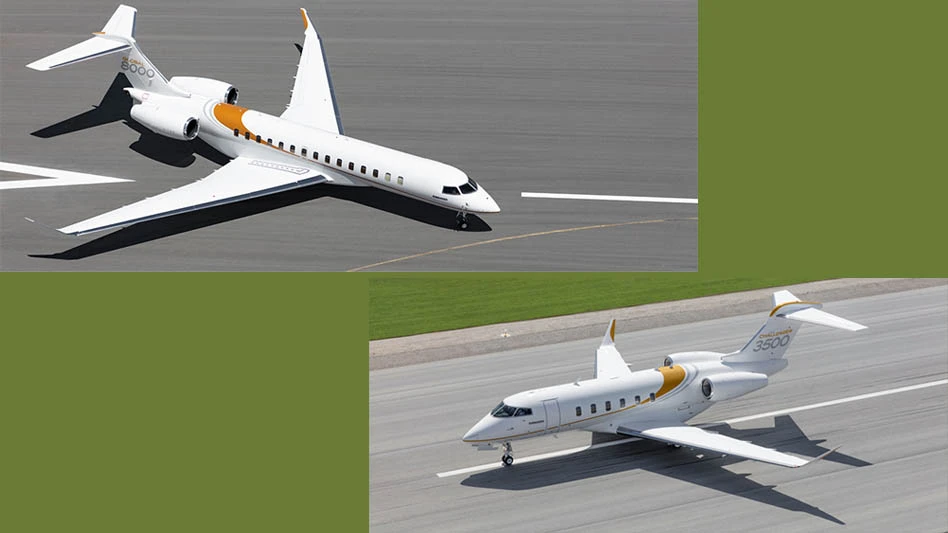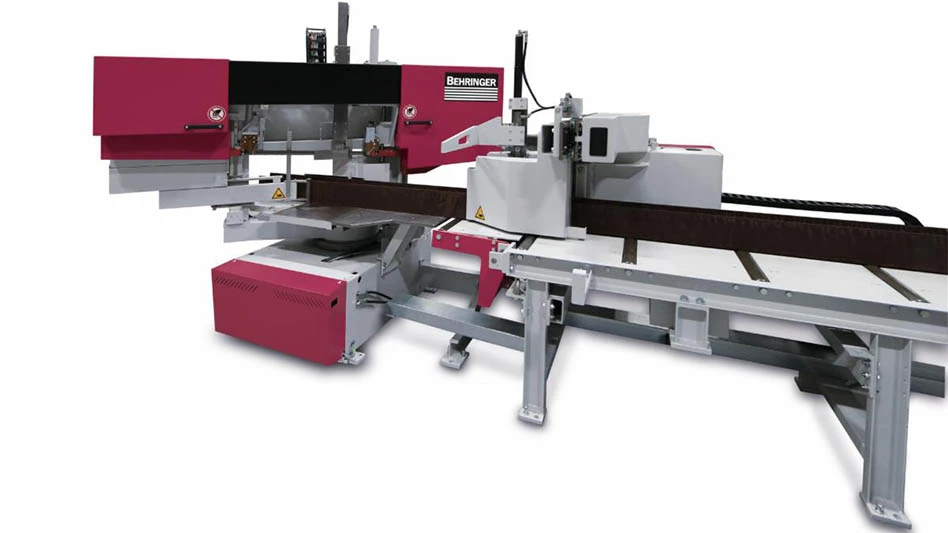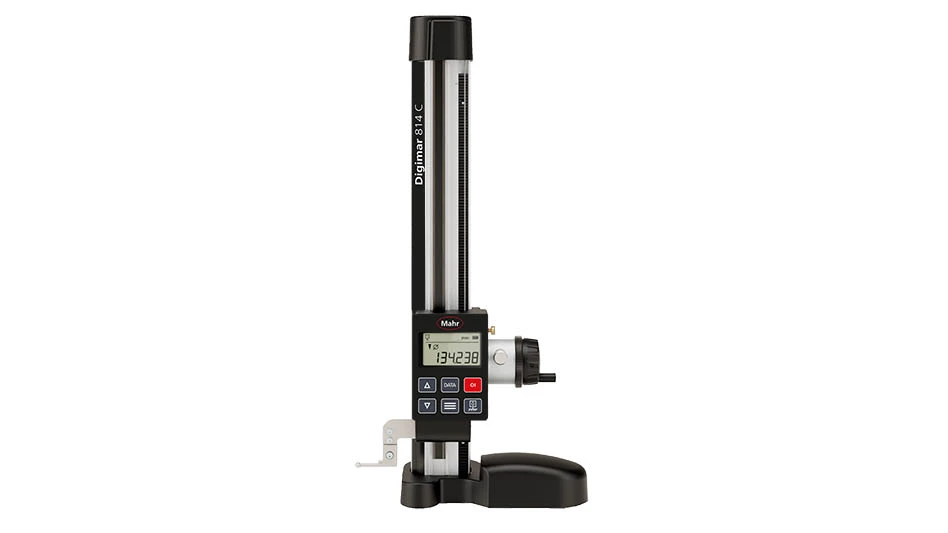 When you’re going into space, expect unique requirements. NASA’s goal was to refurbish and upgrade its old indoor radar range by clearing out the existing system and replacing it with newer, better-designed equipment. However, when ADC USA Inc. received a request for quotation (RFQ), the requirement was to design, build, and install major components for a 40ft x 40ft x 40ft indoor radar range. The provided information was equivalent to a back-of-the-napkin design. ADC would have to flesh out the details.
When you’re going into space, expect unique requirements. NASA’s goal was to refurbish and upgrade its old indoor radar range by clearing out the existing system and replacing it with newer, better-designed equipment. However, when ADC USA Inc. received a request for quotation (RFQ), the requirement was to design, build, and install major components for a 40ft x 40ft x 40ft indoor radar range. The provided information was equivalent to a back-of-the-napkin design. ADC would have to flesh out the details.
Eliminating fork lifts
Eric Van Every, director of operations for ADC USA, says NASA wanted “to put multiple targets inside the radar range without having to get a forklift to bring them in and out. Not only things such as an airplane but really anything that is detected by radar.”
The indoor range measures radar cross section (RCS) and antenna measurement range. It will include specialized active antennas, microwave circuits, and devices that are governed by underlying electromagnetic physics. RCS is a strong function of the orientation of the radar and target. The size of a target’s image on radar is measured by the RCS, but the radar cross-sectional area of an object does not necessarily bear a direct relationship with its physical cross-sectional area. The RCS of a target is the effective area that intercepts the transmitted radar power and then scatters that power isotropically back to the radar receiver.
Orienting the target – positioning it accurately within the radar range – is crucial to the whole measurement process. And therein lies ADC’s most critical requirement. The company had to build a transportation system into and out of the radar range that provided absolutely accurate positioning.
This was right up their alley.
Designing a positioning system
Located near Cornell University in Ithaca, New York, ADC USA develops and supplies complex, high-precision motion systems and instruments for large government laboratories and corporations around the world.
The NASA positioning system that ADC developed solved all the problems the project posed. To bring targets in and out of the radar range, ADC proposed building railroad tracks approximately 110ft long that would be all metal-welded. Two rails would be positioned about 4ft apart. They’d traverse the distance to and through the indoor radar range – picture a long railroad track inside a building that contains the range for the radar.
To support putting multiple targets inside the range without a forklift, ADC designed a switching station outside the range’s perimeter.
The solution
The switching station is actually a turntable, similar in operation to switching stations for railroad trains. Targets atop track sections move on and off the turntable, which then turns to align that track section with the long track that brings them into the radar range.
The ADC design won the contest and the company is close to completing this collaboration with NASA Langley Research Center in Virginia.
The Experimental Test Range (ETR) rail system begins in the model prep area of the facility and ends 10ft past the center of the test chamber. The total length of the rail system is 112ft, with laser-position encoding for the final section of the rail system using the WayCon LLD-150-Profibus. Linear guide rails are used to support the carriages and each carriage is positioned with a rack-and-pinion drive. Rails mount to steel weldments that are supported with 8" diameter feet, and system capacity is 7,300 lb.
The design includes a place to dock positioning components when they are not in use. Curved linear guide rails support the switching station so that the platform can be rotated manually. Hardened tapered pins are used to align the switching station with mating rail segments.
NB Corp. of America, Hanover Park, Illinois, machined the custom rails. They are case-hardened steel shafts (SFW 32x48 PD) that have tapered ends to improve transfer across the switching station platform. The rail diameter is 2". They are supported by NB shaft supports WA 32-48 PD, which are precision-machined aluminum extrusions available with or without pre-drilled mounting holes. They offer continuous shaft support and consistent shaft centerline. Spacing between sections is equal to the pitch of the rack so that transfer is completely motorized.
 ADC was particularly concerned about the positioning accuracy requirements. They tested several vendors’ linear guides and blocks that would carry the target platforms. Van Every says, “Speed was not as important as the accuracy. We have more than 4,000 lb that’s going to be moved on these rails. It had to have laser-encoded tracking accuracy. To find out where down the railroad tracks the target is, we use a WayCon LLD-150-Profibus laser encoder. It’s accurate to 0.05" (1.27mm). That’s the accuracy over the approximately 110ft.”
ADC was particularly concerned about the positioning accuracy requirements. They tested several vendors’ linear guides and blocks that would carry the target platforms. Van Every says, “Speed was not as important as the accuracy. We have more than 4,000 lb that’s going to be moved on these rails. It had to have laser-encoded tracking accuracy. To find out where down the railroad tracks the target is, we use a WayCon LLD-150-Profibus laser encoder. It’s accurate to 0.05" (1.27mm). That’s the accuracy over the approximately 110ft.”
Per Van Every, “I like to have two to three vendors. But NB is definitely the Mercedes-Benz of equipment.”
Van Every chose NB Topball slide units. The NB TWD 32UU (TWD = open, 32 = 2.0" inscribed circle diameter, UU = seals on both ends) includes a clear, anodized corrosion-resistant aluminum block and a Topball self-aligning slide bushing. Closed and adjustable clearance styles incorporate machined snap-ring grooves in combination with standard retaining rings for slide bush retention. Their open style incorporates bottom plates and mounting screws to retain bushings in the proper position. All styles are provided with standard machined reference edges for proper alignment and installation.
NB’s Topball slide products offer 27x more travel life to automation equipment, machinery, and instruments. They self-align, have floating wiper seals, adjustable clearance, low friction, and low noise.
The challenge
Van Every feels the most challenging part of the project was the engineering, especially, “mechanically engineering it to handle the load and meet the NASA requirements. In particular, the one thing that had never been built this way is that switching station. That was unexpected. But, when I got into it, even talking to NB and talking to other vendors, no one has done something like that before – not with this capacity and this accuracy. So, that was all new ground. It’s surprising because it looks like a rail car turntable. It’s one of the neatest projects that I have ever been on – and I’ve had about 20 years of experience – a significant achievement, since this piece of equipment will be used past my retirement.”
ADC will also be assembling the radar range for NASA. They’ll travel with it from their facility in Lansing, which is in the middle of the state of New York, down to NASA Langley Research Center in Hampton, Virginia. There, NASA will use the system to improve the products it is trying to build, whether a drone, an airplane, or a piece of equipment that needs to stay off the radar.
Nippon Bearing’s NB Corp. of America
www.nbcorporation.com
ADC USA Inc.
www.adc9001.com

Explore the October 2015 Issue
Check out more from this issue and find your next story to read.
Latest from Aerospace Manufacturing and Design
- Gleason Corp. acquires the Intra Group of Companies
- Thread milling cutter reduces cutting pressure, vibration
- Malaysia Aviation Group orders 20 more Airbus A330neo widebodies
- More displacement from space-tested piezo actuators
- Textron Aviation to bring its largest-ever lineup to 2025 EAA AirVenture
- Qualified materials for 3D-printing mission-critical applications
- #69 Manufacturing Matters - Shopfloor Connectivity Roundtable with Renishaw and SMW Autoblok
- Demystifying Controlled Unclassified Information (CUI)





